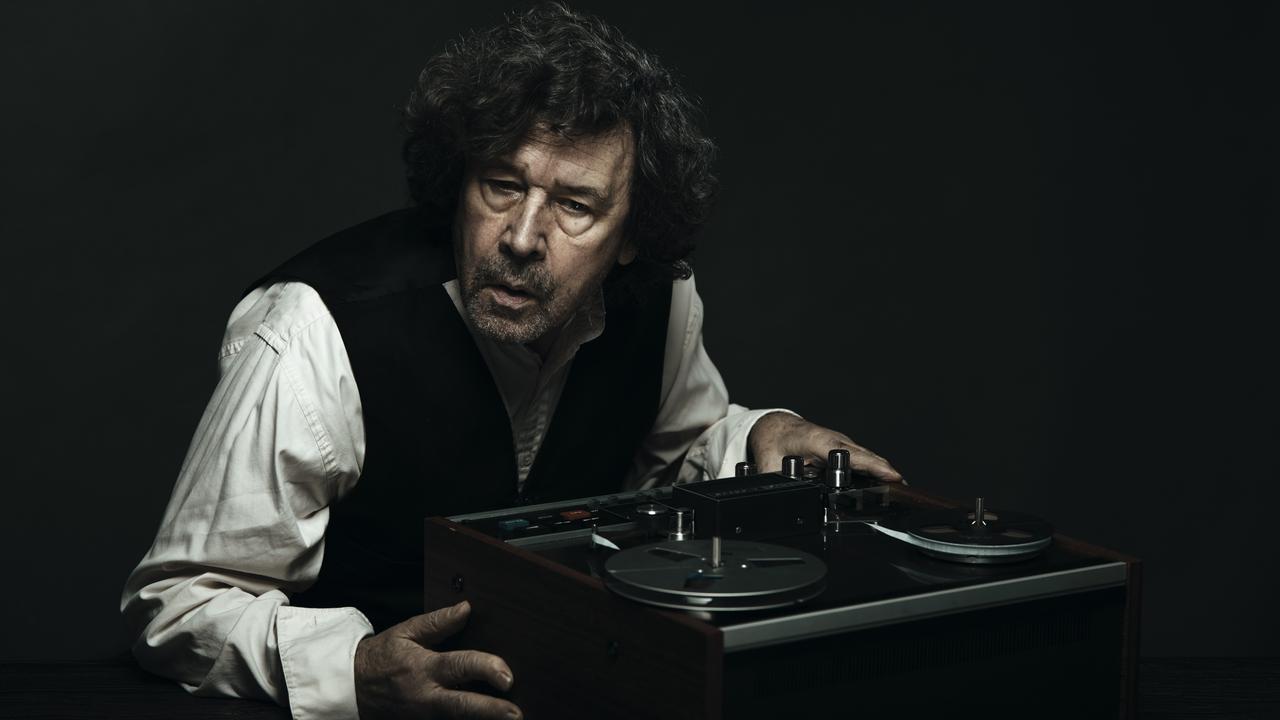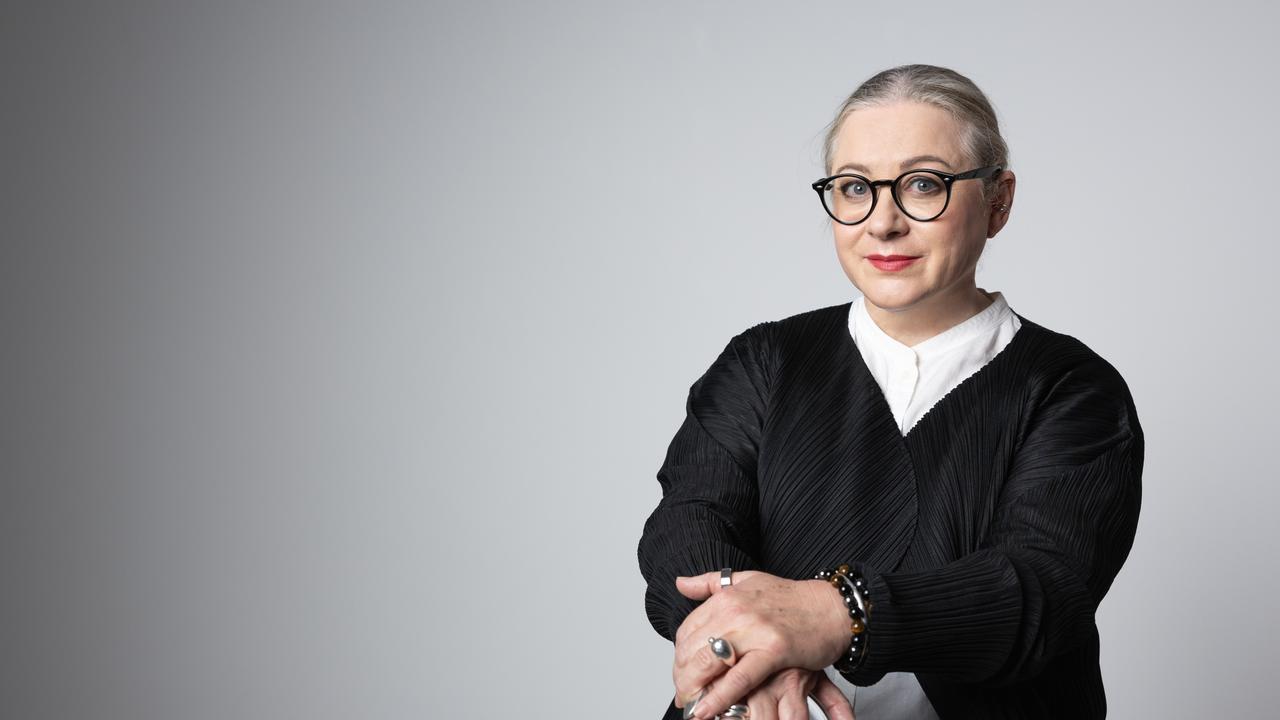The best art exhibitions to see now
A year fraught with closures and cancellations ends on a welcome note, with a number of excellent exhibitions at home and abroad.
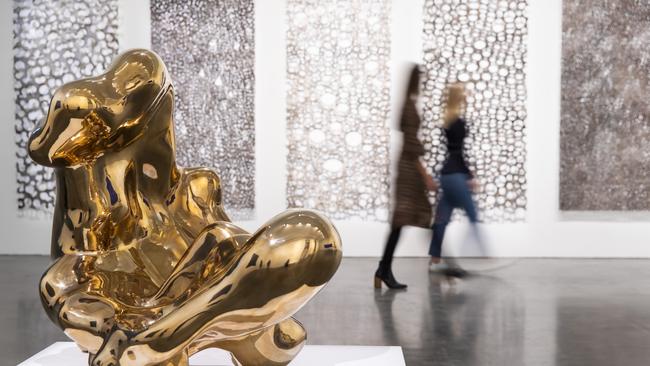
This has been an extraordinary year for galleries and museums. Institutions all over the world have been shut for months at a time, sometimes just after opening important exhibitions that then went into something like suspended animation until it was possible to reopen them later in the year. In the process, exhibition timetables everywhere have been thrown upside-down, with paused exhibitions extended and anticipated ones either postponed or cancelled.
So in looking at exhibitions around the world, some are in galleries that are still temporarily shut down, some in galleries that have just reopened after a second shutdown, and some may yet have to be closed again if conditions grow worse.
And travel of course remains very restricted and may not return to normal conditions for some time.
All that said, there are remarkable exhibitions around the world, which we may even be able to visit at some point – starting with two in London that I have already discussed, if not reviewed in a conventional sense, in this column. The first of these is the group of mythological compositions painted by the great Venetian master Titian for King Philip II of Spain. These beautiful and mysterious works, separated for centuries, have been temporarily reunited under the title Titian: Love, Desire, Death, until the middle of January.
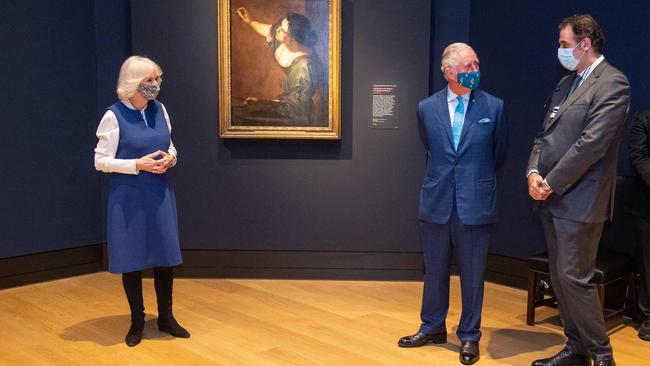
The other important exhibition at the National Gallery is perhaps the most important survey ever mounted of the work of Artemisia Gentileschi, the best-known woman painter in art history, informed by the recent discovery of new manuscript letters and the attribution of several new paintings; this exhibition is accompanied by an outstanding catalogue that should be in any decent library of art history, not only for its coverage of Gentileschi, but for the insight it offers into the world of 17th-century Italian art.
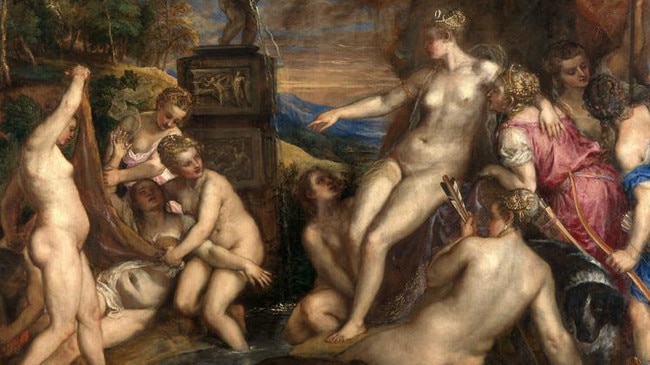
Also in London are The Making of Rodin at the Tate Modern and at the Tate Britain, Turner’s modern world, which will consider themes of central importance to Turner’s art; he was not just the painter of sublime nature, but was also fascinated by aspects of the new industrial world, notably in pictures like The Fighting Temeraire (1839) and Rail, Steam and Speed (1844). More exactly, he was fascinated by the newly-harnessed power of steam, not because he loved industrialisation, but because steam was the product of the elements that most concerned him in his paintings of nature: fire and water.
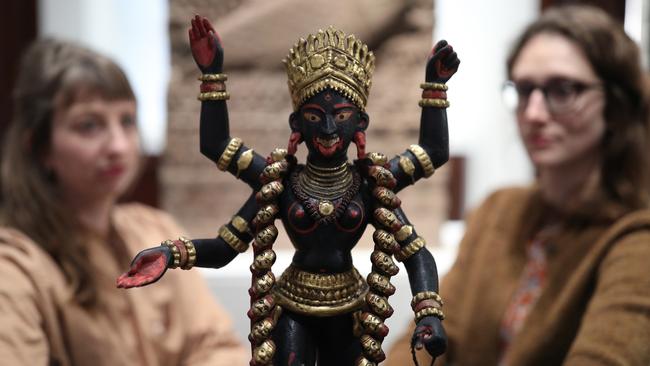
At the British Museum, meanwhile, Tantra: Enlightenment to Revolution looks into the complex world of a mystical and esoteric way of thinking that arose around 15 centuries ago in India and profoundly influenced Buddhism, the various strands of Hinduism and the practice of yoga (with its many variants from meditation to asceticism), even further complicating the already dense tangle of Indian spiritual traditions. The exhibition is not only accompanied by a scholarly publication but, as we have come to expect in the COVID age, an abundance of useful online resources for those who cannot see the exhibition itself.
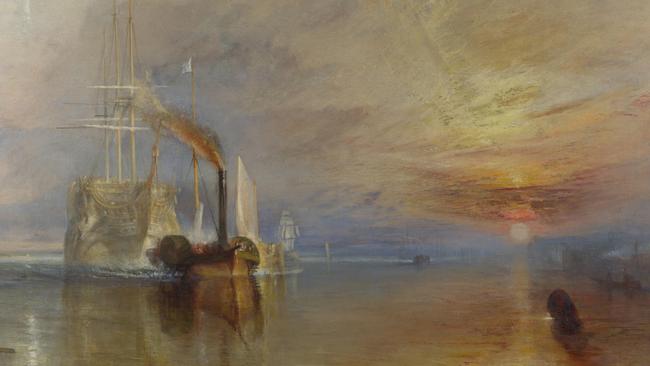
In Paris, the Louvre has Altdorfer: a German Renaissance Master, as well as an important survey exhibition: Body and Soul: Italian Renaissance sculpture from Donatello to Michelangelo. Donatello tends to be overlooked by modern tourists, in their haste to tick things off their must-see list, but he was a remarkable genius, and Michelangelo’s most direct influence and reference point, as we can see by comparing the facial expression of Michelangelo’s David with that of his Saint George at Orsanmichele.
The Grand Palais is showing Noir & Blanc: A Photographic Aesthetic; the Musee d’Orsay has an exhibition devoted to Aubrey Beardsley, but also The Origins of the World, which looks at the new ways that nature and the place of humanity in nature were imagined in the second half of the 19th century. From 1854, London had a park with giant sculptures of dinosaurs (which survives today) which reminded all but the blindest biblical fundamentalists of the immense antiquity of life; but even the most reasonable believers struggled to accept our increasingly evident connection to simian ancestors.
The 15th century in northern Europe, led by the example of the Netherlands, is the last phase of medieval culture; because it coincides with the rise of the bright new world of the Renaissance further south in Italy, it can tend to be considered merely old-fashioned or retardataire. This view is of course a simplification, as is already clear from reading the classic book on the period, Johan Huizinga’s The Waning of the Middle Ages, first published a century ago in 1919. Now the Gemaeldegalerie’s Late Gothic: The Birth of Modernity considers this period as an important contribution to the creation of the early modern world.
Also in Berlin, at the Pergamum Museum, are two exhibitions about restoration. The smaller of the two, Dream and Trauma, celebrates the reopening of the Carpet Rooms, with precious oriental rugs – or their fragments – at last restored after the fires of the bombing of Berlin at the end of the war. The Ishtar Gate: From Fragment to Monument, tells the extraordinary story of one of the most spectacular items in the museum’s collection. The magnificent ceremonial gate with its glazed brick decoration of beasts against a brilliant blue background was built in mid-6th century BC Babylon, a generation or two before the conquest of the empire by Cyrus the Great.
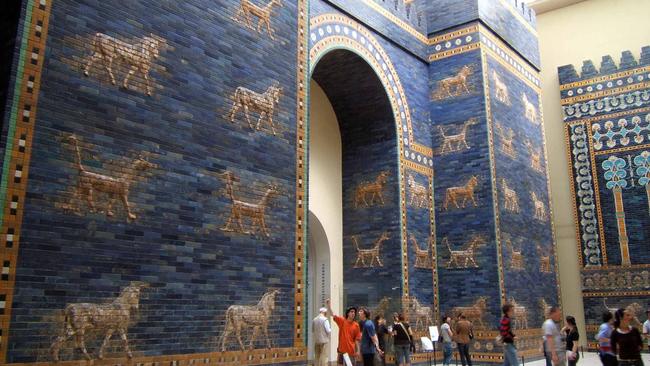
The gate had collapsed into rubble and fragments of tiling long before the site was excavated by German archaeological teams between 1899 and 1917. Material was divided between the museums of Baghdad, Istanbul and Berlin, and the crates of rubble brought back to Berlin were patiently restored, reinforced and reassembled to be ready for the opening of the Pergamom Museum in 1930. After 2½ millennia, modern archaeology brought a lost masterpiece back into the world.
In New York, the Metropolitan Museum has an exhibition about its first 150 years of history. “By arranging some 250 art works and artefacts roughly in order of their acquisition,” writes The New Yorker, ‘the show’s organisers … have achieved an exquisite grab-bag effect, full of unexpected juxtapositions across epochs and continents”. MoMA, meanwhile, is devoting Felix Feneon: The Anarchist and the Avant-Garde to the art critic who coined the term “Neo-Impressionism” and championed their cause in criticism and art theory.
It’s relatively slim pickings in Australia, where a lot of our more important museums have been closed for months and a number of interesting exhibitions have been put off or replaced by shows of lesser quality.
Undoubtedly the best exhibition in the country at the moment and probably the only one worth actually travelling interstate to see, is the survey of Arthur Streeton at the Art Gallery of NSW. Streeton made his mark immediately and has remained among the most important painters that Australia has produced, and this exhibition allows us to follow his development from the brilliant early pictures through a difficult period abroad to his final return to Australia.
Other exhibitions worth seeing in Sydney are Lindy Lee at the MCA and Marion Mahony Griffin at the Museum of Sydney.
The most important new development in the world of Sydney museums and galleries, though, is the opening of the Chau Chak Wing Museum at the University of Sydney as the new home for the Nicholson Museum, the Macleay Museum and the University Art Collection. The museum will be closed for summer recess from December 23 to January 6 inclusive, so I will write about it properly after it opens again in January. In the meantime, it is well worth a visit if you have a chance in the next couple of weeks.
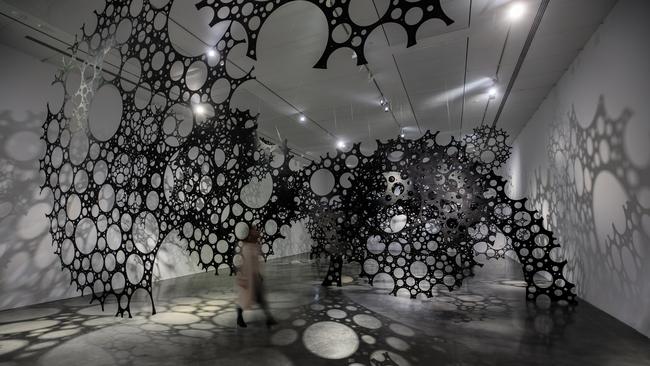
In Melbourne, the National Gallery of Victoria, which can usually be relied on for a wide range of interesting exhibitions, is reopening with an exceptionally dreary group of shows and the even more dismal prospect of the NGV Triennial, which was bad last time. These mass presentations of contemporary art and design are little more than promotional trade fairs, presided over by money and fashion and governed by no critical spirit or discrimination of quality.
The picture in Canberra is not much more encouraging. The Endeavour Voyage, at the National Museum, is interesting if not specially memorable. Before hand, at the National Portrait Gallery, is an opportunity to ponder the process of making a portrait – particularly appropriate when our portrait prizes are filled with fake portraits that would be discounted if their process were actually made clear.
The National Gallery itself has had van Gogh’s Sunflowers on its web page for months, as if holding out hope of better times next year, when Botticelli to van Gogh: Masterpieces from the National Gallery, London, opens in March. In the meantime it has the rather poorly-conceived Know My Name, which is meant to celebrate women artists, but oddly manages to marginalise the more interesting ones, and those that actually deserve greater attention, while most of the space is monopolised by individuals who are already prominent in existing exhibitions and permanent hangings. And as so often, the familiar favourites of the academy are dragged out yet again, while other and fresher female talents are ignored because they don’t fit the approved template.
In Adelaide, the Art Gallery of South Australia has Tarnanthi and an exhibition on Arnhem Land bark painting, as well as Samurai which is accompanied by a 96-page catalogue that can be read online but has not been produced in hard copy. The exhibition to look forward to is Clarice Beckett: the present moment, starting in February. Carrick Hill, meanwhile, once the grand home of Sir Edward and Lady Hayward, has reopened after an extensive renovation and with a large new gallery space; its opening exhibition, Collecting: A Personal View, brings together a number of works selected by Sir Kenneth Clark for the Art Gallery of South Australia.


